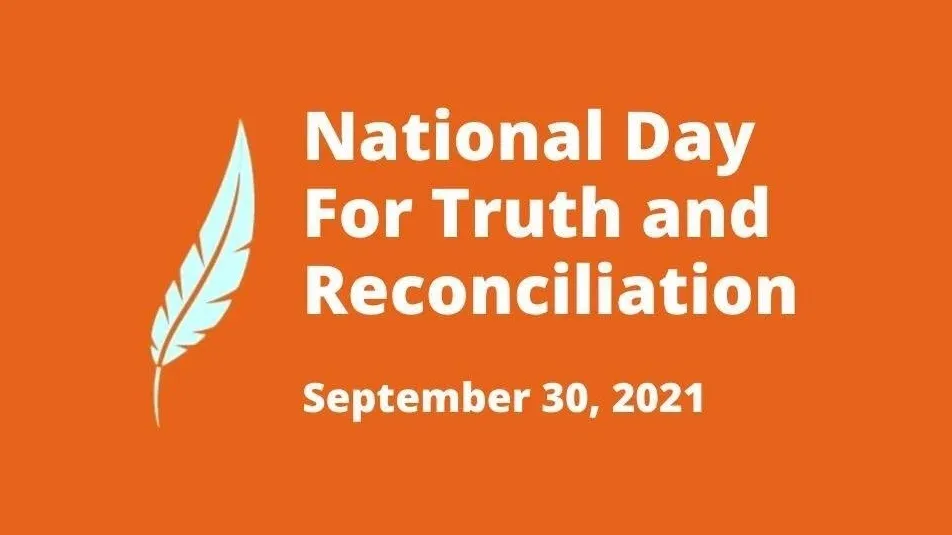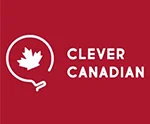Honouring the Memory of Lost Indigenous Children*
September 25, 2021

Six Thousand Five Hundred and Nine (6,509+): This was the count as of the middle of September of 2021. However, many other graves are continuing to be discovered. As more graves are discovered, there will be more heartache. In this article, we honour the survivors of the Residential School System and commemorate the memory of those who never returned home.
Imagine being a child, carefree, and you are suddenly snatched away from everything you hold dear. While many of us would recoil at the thought, this was the reality for hundreds of Indigenous (First Nations, Metis, & Inuit) children between the 1870s and up to 1997.
The origins of the Residential School System (“RSS”) in Canada were routed in colonization. Europeans believed in the supremacy of their civilizations and the settlers came to Canada, they interpreted the socio-economic & cultural differences between themselves and the Indigenous peoples as a parent-child relationship – the “child” being the seemingly “ignorant and savage” Indigenous peoples. It was the settlers’ determination that upon colonizing the land, the Indigenous peoples would need to be educated. These school systems were then set up by the federal government, in part with other assimilation policies, and run by the church (predominantly, church clergy & missionaries). The objective, prima facie, was to educate the children; however, the true goal of the RSS was to assimilate Indigenous peoples from their most impressionable ages, as children, and indoctrinate them into a Euro-centric, Christian society.
Children would be forcibly taken from their homes and communities to schools far away. This was a strategy to alienate the children from their families and familiar surroundings. They were separated from their siblings, as schools were further divided by sex. The children were removed from their homes for extended periods of time, and were not able to acknowledge their culture, language, or heritage. If they did, they were severely punished.
Under the Indian Act, it became mandatory in 1920 for every Indigenous child to attend a residential school and was illegal for them to attend any other educational institution; however, residential schools were severely underfunded, and were not provided the same education as secular schools – the children were taught practical skills like domestic duties (girls) and physical labor like farming and carpentry (boys). The children would only attend classes part-time and would be forced to maintain the school (involuntary and unpaid) for the remainder of their time. This was presented as “practical training”. It is part of the reason that when Indigenous children would “age-out” at 18, they had only reached the equivalent of grade 5 or 6. They would then be sent away and discouraged from obtaining further education.
Survivors of the Residential School System (RSS) recall horrendous abuse at the hands of residential school staff including physical, emotional, psychological & sexual abuse. These abuses, along with overcrowding, poor sanitation, inadequate nutrition & health care resulted in a high death toll. It was reported by a government medical inspector in 1907 that 24% of previously healthy Indigenous children in Canada were dying in the RSS, not including the children who were sent home when they were critically ill, and later died at home. The estimates of children who would die when they returned home ranged from 49-74%.
With the RSS coming to an end in 1997, it is not a distant memory. The majority of Indigenous individuals today had parents, or grandparents, survive the RSS. They survived, but lost out greatly when it came to their cultural development as part of their community. Survivors & their descendants face the effects of intergenerational trauma, loss of language, culture, traditional teachings & their own mental/spiritual well-being. Healing these damages will take several generations, but it will not be an easy or simple path.
In 2008, the Federal Government issued a public apology for the government’s involvement in the RSS and to acknowledge the widespread impact on Indigenous Peoples.
September 30th, 2021, marks Canada’s first National Day for Truth and Reconciliation. All Canadians are encouraged to wear Orange Shirt on this day. This is an important day for all Canadians as we are given the opportunity, and the responsibility, to educate ourselves further on the long-lasting impacts & the tragic legacy of the RSS.
There are several resources available to educate ourselves. For instance, the University of Alberta’s Indigenous Canada course, is offering a free course. It is split into 12 lessons so you can take a portion of time to learn about the key issues facing Indigenous peoples. The course delves into the historical relationship between Canada and the Indigenous people and also discusses contemporary elements of Indigenous life, art, & expression.
Learn more at https://www.coursera.org/learn/indigenous-canada
— Written by Shaliza Dhanani
*Hanson, E., Gamez, D., & Manuel, A. (2020, September). The Residential School System. Indigenous Foundations. https://indigenousfoundations.arts.ubc.ca/residential-school-system-2020/













